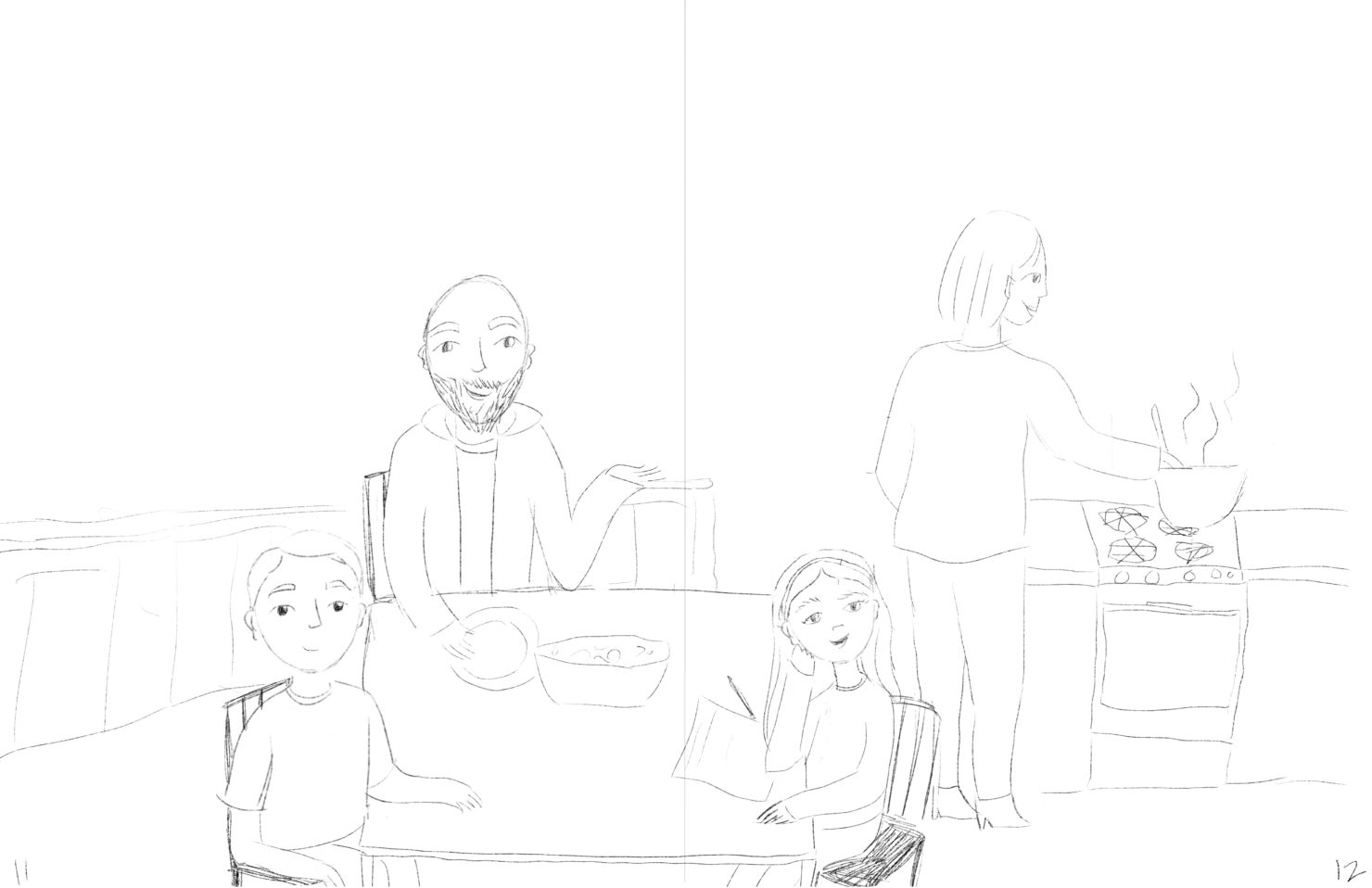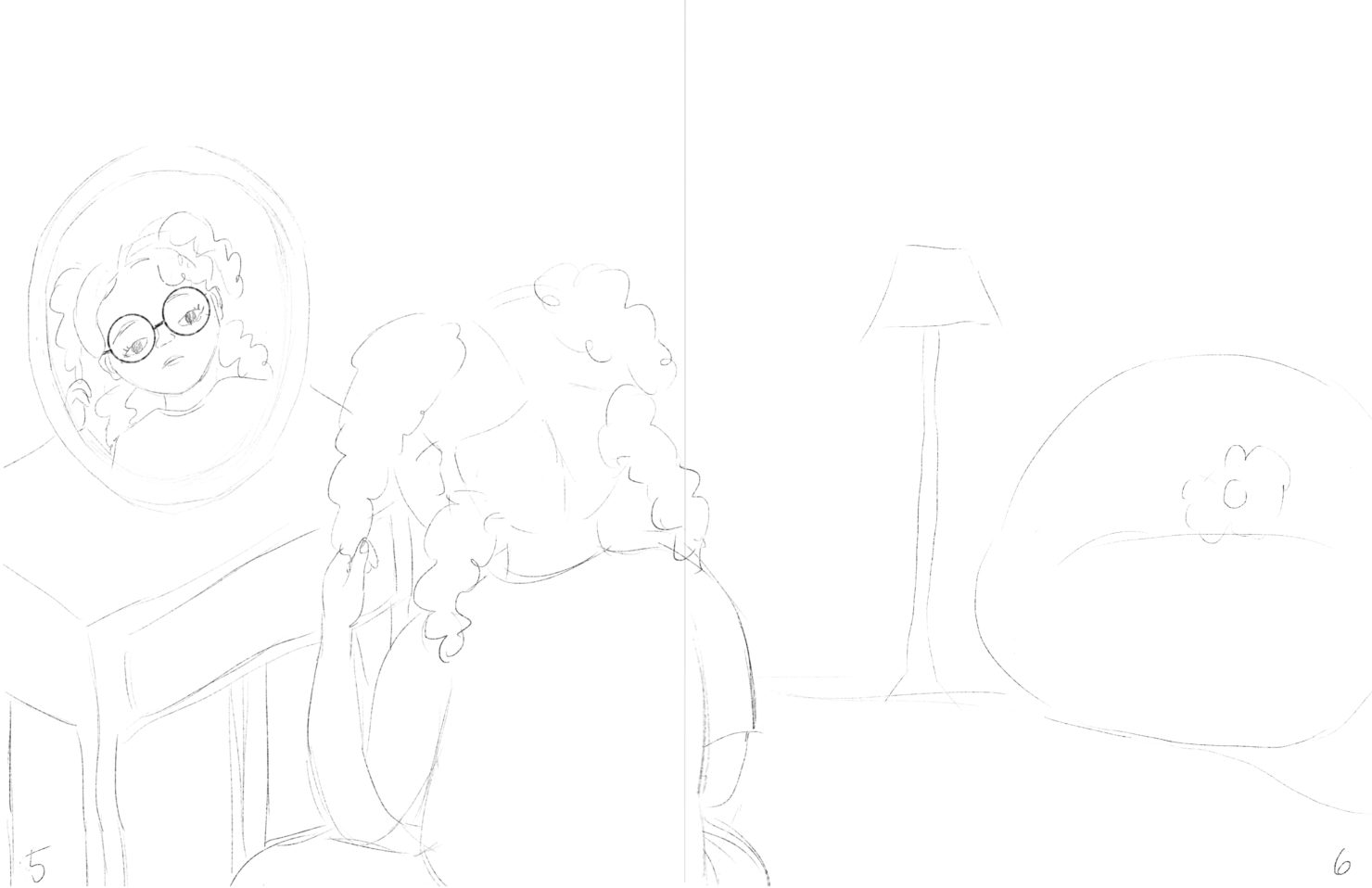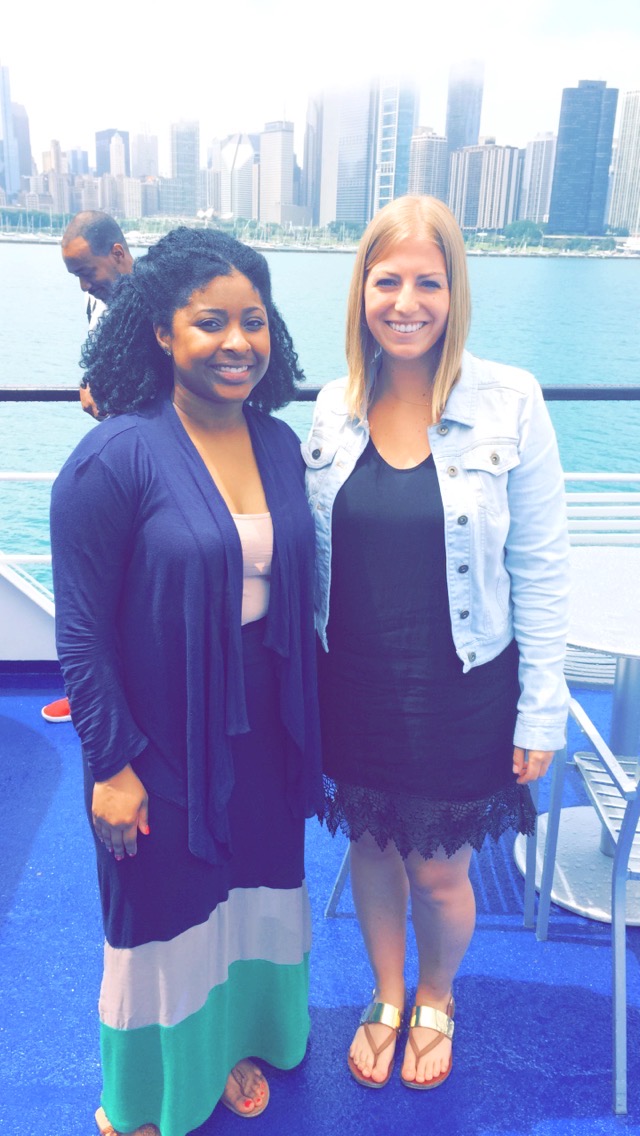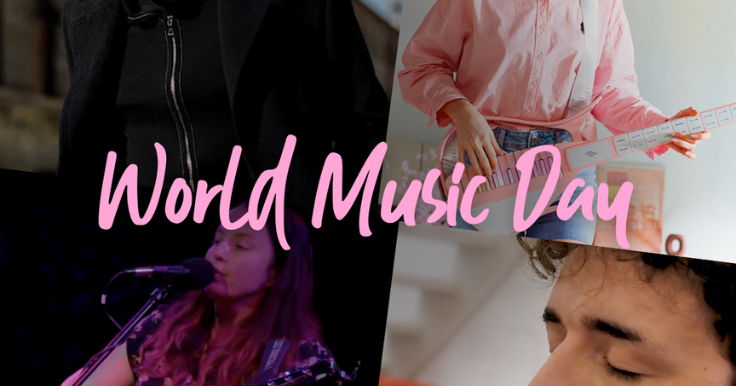There’s no easy way to talk about race in America. Many people simply opt out of the conversation as a result. But how can things change if no one is willing to acknowledge that inequities exist?
Educators Marley Olivera and Katie Engelking are tackling this issue head-on with their project Seeing Color, Acknowledging Differences, a pair of complementary children’s books aimed at bringing conversations about race into schools.
We recently caught up with Marley and Katie to hear about their experiences writing the books, the challenges of teaching in Chicago, and how to best encourage conversations about race in America. Here’s what we found out.
What’s your founding story? How did it all start?
Katie: For me, the journey began when I was finishing up my Masters this year. I was doing a program at the University of Illinois to become a principal, and a lot of my studies centered on equity and leadership. As I did my reading about equity, I kind of found myself doing a few double takes as a white person. I found myself constantly learning or reflecting on what I learned growing up, and I began realizing that we didn’t really talk about race. It just wasn’t a topic of conversation, nor was it talked about at school.
You learn that you’re supposed to be color blind — we’re all human, let’s hold hands, we’re all the same. And of course we are all the same on many levels, but in the real world it’s just not how it works. So I began really digging into the reading.
Then I thought to myself, Marley and I are super close and we had these kinds of conversations when we were teaching together in Chicago. And so I said, Marley, what do you say we join the conversation? I think the two of us together could do something really meaningful. If people are reading something that was written by people of different races and coming together to think about where we could do more learning, then something could come of this. It could help teachers have discussions in the classroom. We could help parents at home. It could help businesses in professional development settings. A lot of parents and adults in general just don’t know how to talk about race. And we can start with making sure everyone knows you can and should see color and you can and should acknowledge differences.
Marley, where does the story start for you?
Marley: For me, it starts even further back. Like Katie said, we’ve been friends for a long time, starting off as teachers many years ago. And at the time we started teaching in Chicago, a lot of things were happening in the city of Chicago. You had the murder of Laquan McDonald and a lot of similar issues of police violence happening around the country. And of course, students brought these issues into the classroom. We spent lunches talking about these events so that we both could better understand the community where we were and the students that we were serving. It built an atmosphere of trust between us. What’s what all of that stemmed from.
Even as a Black woman talking to my Black students about certain things, sometimes it’s hard to use the right verbiage. It made me feel vulnerable in a way. So having both perspectives, mine and Katie’s, has helped create a lot of balance along the way.
It’s clear, so nothing can be misconstrued as well.

Could you tell us about your project, Seeing Color?
Katie: Seeing Color is two books, representing two different perspectives around race and equity. They’re children’s books, so they’re relatable for children, but also for the parents and teachers who’ll be reading them to children.
The first one is called I See Color, I See You. It’s about learning to be okay with acknowledging the different races around you. It starts with a kid saying to a classmate, I don’t care that you’re Black — that doesn’t mean anything to me. And he thinks he’s doing the right thing by saying that. And really what he does is upset this other student because being Black is an important part of his identity.
Along the way, you learn that your Black friends are different from you because they have different experiences from you. And maybe as you get older, you understand why, because of the history of this country and the systems of racism that exist. Part of the book is also a dad acknowledging to his son that he has a lot of learning to do too.
What’s the second book about?
Marley: It’s called Do You See Color, Do You See Me? It centers around a young Black girl, McKinley, who understands who she is as a young Black girl in America. She understands she’s Black, but she also understands that she’s much more than that, that she’s talented, that she’s smart, that she’s outspoken.
And she’s at this point where she’s trying to do something and other people’s ideas of what a person like her should be doing. They put a limit on her. She’s taken aback. She begins to question herself.
But through talking to her parents, she starts to understand that it’s okay for her to say she’s talented. She can do these things not just because she’s talented, not in spite of being Black, but because she’s damn good at them.
A lot of times people like to pigeonhole Black girls, consciously or unconsciously. And in this story, McKinley overcomes this. She becomes the person she wants to be.

How much does personal experience inform these stories, both as white and Black women, and as teachers?
Marley: Do You See Color, Do You See Me? is deeply personal for me. I’ve seen it as a teacher, and I’ve seen it as a Black woman. If a Black girl expresses herself a particular way, the response that she gets from adults can be completely different from the reactions other girls get.
It’s about planting that seed really early for young girls that they don’t need to conform or change themselves in order to be palatable to others. And as a teacher, I know that teachers and other adults are the ones who are stifling them from the beginning, most of the time without even realizing it. So I’ve seen it on both ends.
How did you come up with the idea of addressing multiple audiences?
Katie: We knew that some of these ideas might be a little bit difficult for a child. They’re going to have trouble grasping some of the concepts in there. So we intentionally wanted to emphasize the fact that a parent should follow up with their child about these ideas. But they need to understand the ideas themselves first. We purposely embedded social and emotional moments into the story to show that our adult characters in the books are still learning. They’re a little uncomfortable at times, but it’s okay. They realize, “I’m learning, and that means I’m growing.”
So you’ve just surpassed your $20,000 goal. Congratulations! What will your fund be going towards?
Katie: A lot of it will be going to the publishing process and to our illustrator. The self-publishing process has a printing minimum, and eventually we want to give back and and start distributing these books to schools throughout the Chicago public school district, and hopefully beyond. We have so many friends that are working in other schools, and we plan to print as many as we can to get it in as many hands as possible.
Where will we be able to get this book once it’s published?
Katie: We’re publishing through BookBaby, which has print-on-demand distribution. You’ll be able to visit our page on Bookshop and not only purchase our books, but books we love from other authors and have placed in our shop. Through print-on-demand our books will be available on online stores like Amazon, Barnes and Noble or wholesale book networks. We will have information on our social media accounts once the books are ready for purchase. People can also visit our website theracetounderstand.com for updates!
Is there anything else you’d like to share?
Marley: I want to share that this is not a time to shy away from these types of conversations. More than ever, we need to have these conversations. And the earlier that we can start to have these conversations with our kiddos, the better off we’re going to be in our subsequent years.
These conversations only get more uncomfortable the longer that we decide not to have them. And no matter what community you come from, you have to be well aware of how to address these various situations. As a Black woman, I have to be aware of how to address the situation. As someone who is white, Katie has to be aware of how to address the situation. It’s not just the one or the other. It’s everyone having to come together and do the legwork.
Katie: I would definitely say do not be afraid to pick up a book that pushes you outside of your comfort zone. Do not be afraid to have White Fragility in your hand on a plane, for example. Do not be afraid to give your money to a cause you believe in even if others aren’t there yet.
Final question: What are a few books that everyone should read to better understand the topic?
Katie: Definitely White Fragility. It’s a great book for understanding that when you’re doing this kind of learning, people around you are going to receive it differently. You’re going to be uncomfortable, and that’s okay. It’s part of the process.
How to Be Anti-Racist is another good one. It has similar lessons and shares how to put them into action.
Marley: I love Stamped from the Beginning by Ibrahim X. Kendi. There are two versions of it. There’s the adult version, and there’s a kid version of it. I also like Nic Stone’s Dear Martin. It pulls a lot of different issues that teenagers may be facing how a student navigates between those different inequities. It helps open up the conversation early, and that’s so crucial in bringing people together.
To support Seeing Color – Acknowledging Differences, check out the campaign page here.
Want to explore some other great crowdfunding campaigns? Check out some of our current favorites.



